SOURCE: AFI
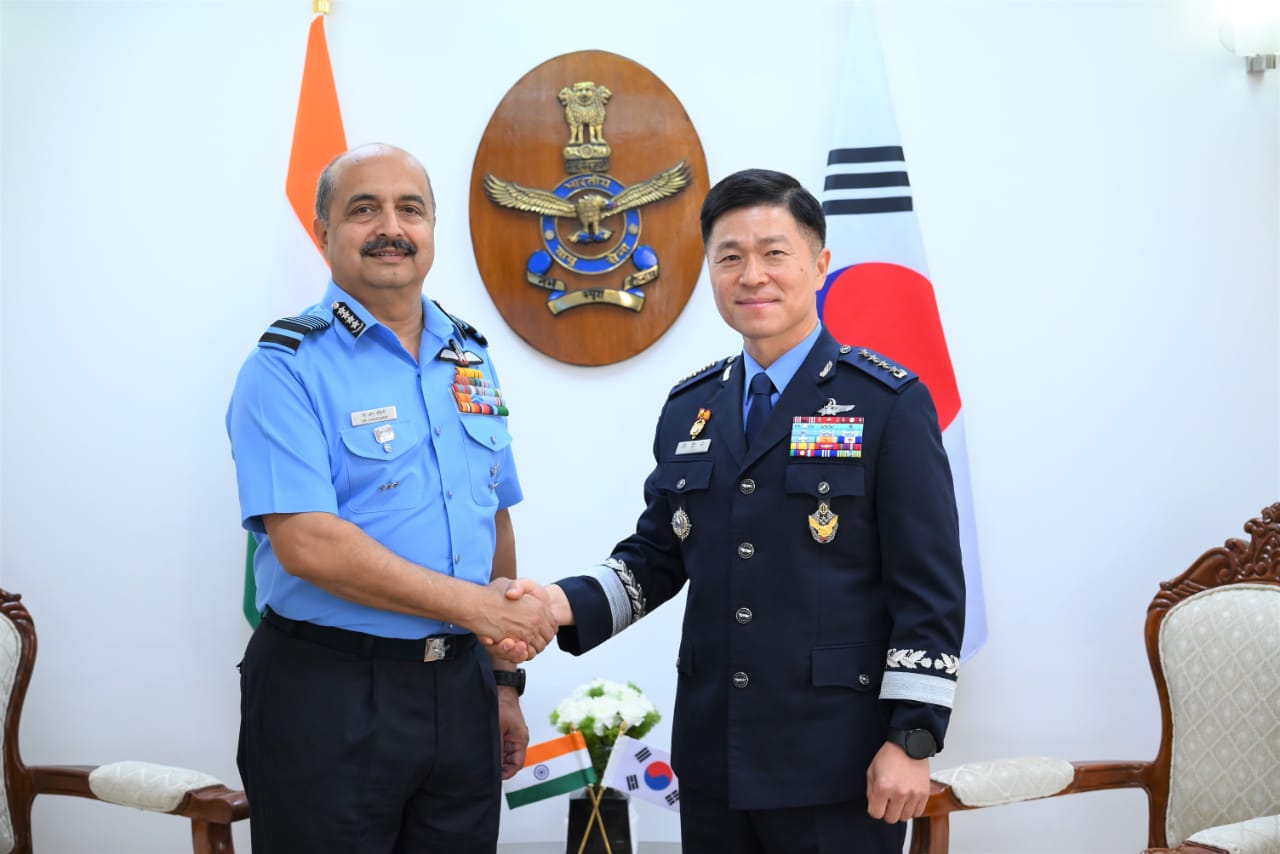
General Lee Youngsu, Chief of Staff of the Republic of Korea Air Force (ROKAF), met with Air Chief Marshal VR Chaudhari, Chief of the Air Staff (CAS) of the Indian Air Force (IAF), in New Delhi today.
The focus of the meeting was on fostering closer ties and collaboration between the two air forces. Discussions reportedly centered on issues of mutual interest, including:
Continue readingSOURCE: AFI
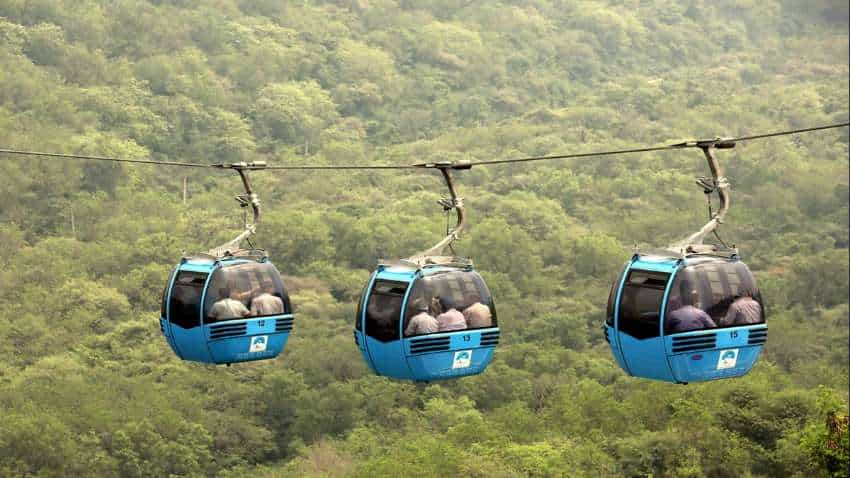
India has embarked on a significant infrastructure project near the Line of Actual Control (LAC) in Arunachal Pradesh. The project involves constructing a 5.2-kilometer ropeway, connecting the renowned Tawang Monastery to the picturesque PT Tso Lake. Expected to be completed within three years at a cost of Rs 522 crore, this initiative aims to boost tourism in the region.
The new ropeway will significantly reduce travel time between the Tawang Monastery, a popular pilgrimage site, and PT Tso Lake, known for its mesmerizing beauty. Currently, reaching the lake can take a considerable amount of time. This swift and convenient ropeway access will undoubtedly enhance the tourist experience in the region.
Continue readingSOURCE: RAUNAK KUNDE / NEWS BEAT / IDRW.ORG

The recent clearance by the Cabinet Committee on Security (CCS) for India’s Advanced Medium Combat Aircraft (AMCA) program has reignited discussions regarding the fate of the Multi-Role Fighter Aircraft (MRFA) tender, which seeks to procure 114 jets from various countries. Amidst growing calls to scrap the MRFA tender, stakeholders familiar with the program have indicated idrw.org that such a move is unlikely despite the push for indigenous aircraft production.
The MRFA tender has attracted proposals from multiple countries, offering a range of fighter jets to meet India’s operational requirements. However, with the decline in squadron levels and the production of AMCA or Tejas MkII still a year away, the Indian Air Force (IAF) faces a critical shortage of combat aircraft. While the IAF advocates for the acquisition of 114 jets manufactured in India under transfer of technology (ToT) agreements, the tender process has yet to progress to the issuance of Acceptance of Necessity (AoN) or Request for Proposal (RFP) stages, suggesting that a conclusion to the program may be distant.
Continue readingSOURCE: RAUNAK KUNDE / NEWS BEAT / IDRW.ORG

Lieutenant General P R Shankar (Retd.) recently addressed a Southern Command seminar on National Security and Building Bharat. During his speech, he revealed details about the ongoing development of a next-generation ramjet-powered artillery shell by the Indian Institute of Technology Madras (IIT Madras) and the Army Design Bureau (ADB).
Lt Gen Shankar confirmed that a test of the 155mm ramjet shell was conducted last month at Balasore. While the test was not entirely successful, it provided valuable data for further development. The team is currently working on a 10th-12th iteration of the design, which is expected to be ready soon.
Continue readingSOURCE: RAUNAK KUNDE / NEWS BEAT / IDRW.ORG
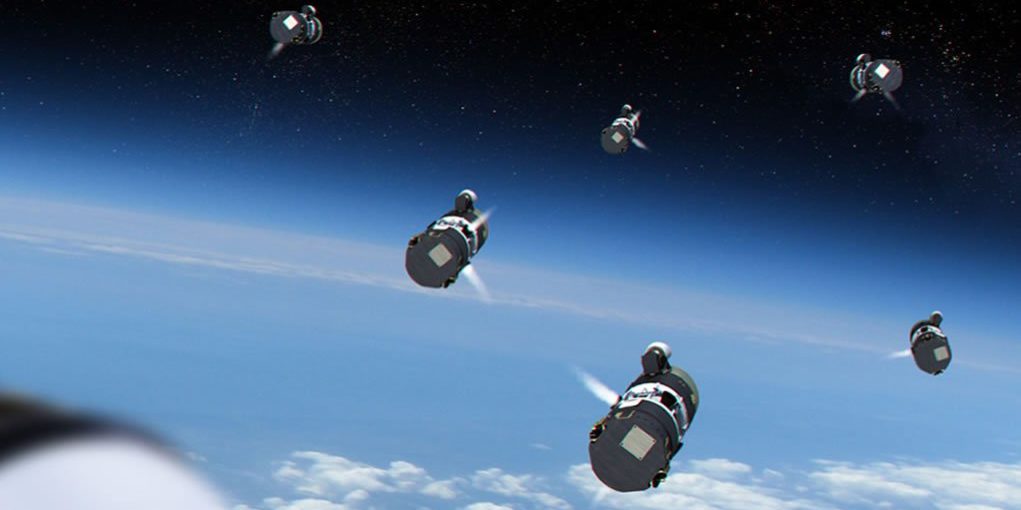
India’s recent successful test of the Agni-V missile equipped with MIRV (Multiple Independently Re-entry Vehicle) technology marks a significant advancement in the country’s strategic capabilities. This development strengthens India’s nuclear triad, a three-pronged deterrent system encompassing land, air, and sea-based nuclear launch platforms.
While the Agni-V test bolsters offensive capabilities, India is simultaneously focusing on defensive measures. Following the deployment of Phase-I BMD, the country is actively developing a Phase-II system and Beyond.
Continue readingSOURCE: IDRW.ORG
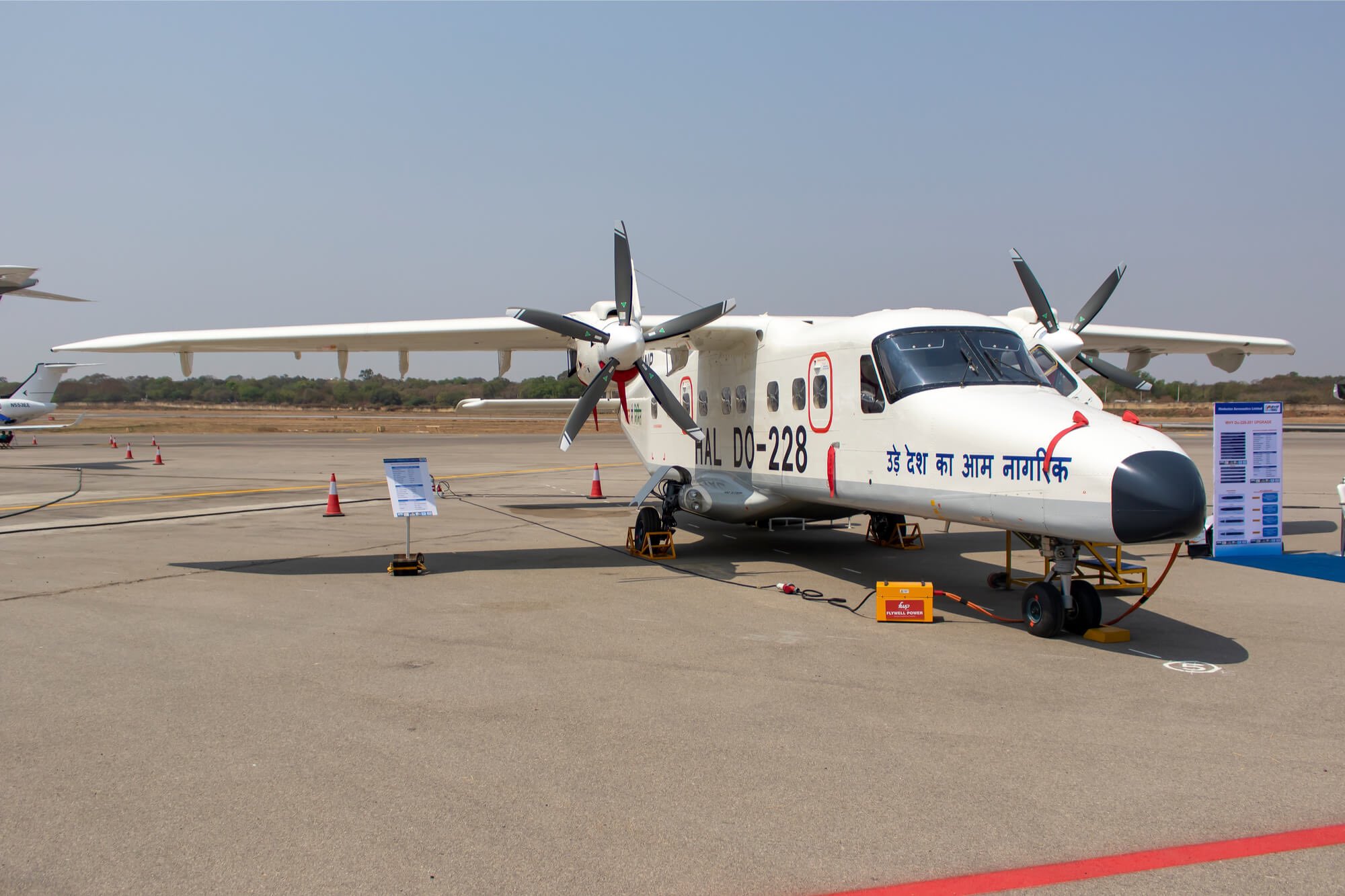
The Guyana Defence Force (GDF) has secured a $23.27 million USD loan from the Export-Import Bank of India (EXIM Bank) to acquire two Dornier Do-228 aircraft manufactured by Hindustan Aeronautics Limited (HAL) of India. This agreement marks a significant step forward in the GDF’s ongoing modernization efforts.
The financing deal was signed on Friday by Guyana’s Finance Minister, Dr. Ashni Singh, and Deputy General Manager of EXIM Bank, Sanjay Lamba. The Guyana Ministry of Finance credits President Ali’s visit to HAL in January 2023 as the impetus for this agreement. While the official announcement did not specify the aircraft model, previous pronouncements by the Guyanese government had indicated their interest in acquiring two Dornier 228 planes.
Continue readingSOURCE: AFI

The Indian Space Research Organisation (ISRO) is gearing up for the future of human spaceflight. While the current astronaut training facility in Bengaluru prepares the “Fabulous Four” – Group Captains Prashanth Nair, Ajit Krishnan, Angad Prathap, and Wing Commander Shubhanshu Shukla – for Gaganyaan’s first mission, plans are already underway for a much larger training center.
Sources close to ISRO reveal that the new facility, likely to be located in Devanahalli with Challakere still in consideration, will be built to accommodate a significantly larger astronaut corps. This expansion reflects India’s long-term commitment to human space exploration and could see the capacity grow to house 25-30 astronauts, potentially even including their families.
Continue readingSOURCE: AFI

In a recent statement, C Uday Bhaskar, the Director of the Society for Policy Studies, pointed out an intriguing paradox in India’s defense narrative. Despite the jubilation surrounding India’s recent Multiple Independently Targetable Reentry Vehicle (MIRV) success, the latest annual report from the Stockholm International Peace Research Institute (SIPRI) delivers a sobering reality check: India maintains its position as the world’s largest importer of arms. The report, released in March 2024, reveals a 4.7 percent increase in India’s arms imports between 2014-18 and 2019-23.
This revelation echoes the findings of SIPRI’s 2023 report, emphasizing India’s persistent status as the top global arms importer. The 2023 report underscored India’s dominance in this regard, with an 11 percent share of total global arms imports during 2018-22, a position it has maintained since 1993.
Continue readingSOURCE: IDRW.ORG TEAM.

The Indian Army is set to receive a boost in firepower later this year with the arrival of six AH-64 Apache attack helicopters from Boeing. These aerial warriors will sport a distinctive sand camouflage paint scheme, specifically designed to provide them with an edge in the arid regions of western India.
Sand camouflage, also known as desert camouflage, utilizes a blend of light brown, tan, and sometimes green tones. This mimics the natural colors of sandy landscapes and rocky outcrops, making the helicopter a tougher target to spot for enemy forces on the ground. By breaking up the helicopter’s outline, especially from afar, sand camo enhances its survivability.
Continue readingSOURCE: IDRW.ORG TEAM.

Researchers from the Indian Institutes of Technology (IIT) Mandi and Palakkad have unveiled a groundbreaking innovation – a marine robot designed specifically for real-time underwater tasks. This state-of-the-the-art robot promises to revolutionize underwater operations by enhancing efficiency, reducing risks, and minimizing costs.
The robot’s key strength lies in its ability to address problems in real-time. Unlike traditional methods, which may involve human divers or bulky remotely operated vehicles (ROVs), this robot offers a more agile and adaptable solution. It can quickly assess situations and provide immediate feedback, allowing for faster decision-making and problem-solving during underwater operations.
Continue readingSOURCE: IDRW.ORG TEAM.
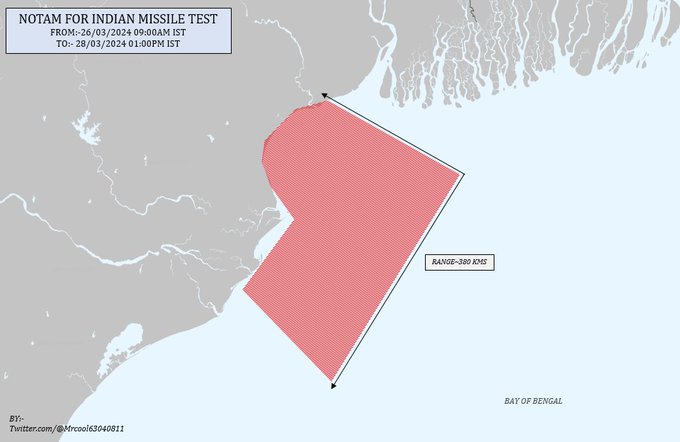
@Mrcool63040811
India’s recent issuance of a Notice to Airmen (NOTAM) for a missile test in the Bay of Bengal has sparked speculation and interest in the defense community. Scheduled from March 26th to April 28th, 2024, with a designated area spanning 380 kilometers, the test has piqued curiosity regarding the nature and capabilities of the missile being tested. While speculation abounds, the specifics of the test remain shrouded in secrecy until its completion.
The issuance of a NOTAM for a missile test is not uncommon, especially for countries actively engaged in the development and testing of military hardware. In the case of India’s recent NOTAM, the designated area in the Bay of Bengal indicates that the test will likely involve the firing of a missile over a specified trajectory within the designated range.
Continue readingSOURCE: AFI
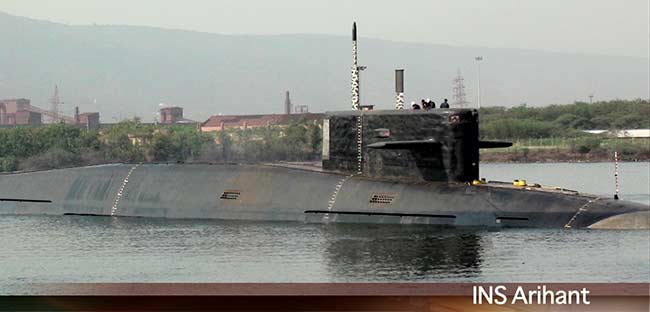
According to Kris Osborn, President of the Center for Military Modernization, the existence of Indian nuclear-armed ballistic missile submarines (SSBNs) holds significant value for the Pentagon’s Indo-Pacific strategy and overall deterrence posture in the region.
India’s Arihant-class submarines are the nation’s first indigenously developed SSBNs. While the exact number of operational Arihant submarines remains classified, their existence strengthens India’s nuclear deterrence capabilities and contributes to regional stability.
Continue readingSOURCE: AFI

Nuclear reactors offer a powerful source of electricity generation. However, a traditional concern is the limited use of fuel and the creation of spent fuel waste. India’s Fast Breeder Reactor program tackles these issues head-on, aiming for efficient fuel usage and reduced waste.
Unlike conventional reactors that solely use readily fissionable uranium-235, a fast breeder reactor (FBR) goes a step further. It creates more fuel than it consumes while generating electricity. This “breeding” process is achieved by utilizing alternative fuel sources like uranium-238 or thorium, which are more abundant in nature.
Continue readingSOURCE: AFI

The Indian Space Research Organisation (ISRO) is preparing for a critical mission that will test a key technology for its ambitions of enabling a sustained human presence in space. This mission involves a landing experiment (LEX) for a scaled-down Reusable Launch Vehicle (RLV) scheduled to take place at the Aeronautical Test Range (ATR) in Challakere, Chitradurga, Karnataka.
ISRO Chairman S. Somanath confirmed the upcoming LEX, highlighting its significance. Reusable Launch Vehicles offer a significant cost advantage over traditional expendable launch vehicles. By being reusable, RLVs can drastically reduce the cost of space missions, making space exploration more sustainable in the long run.
Continue readingSOURCE: RAUNAK KUNDE / NEWS BEAT / IDRW.ORG

India’s long-awaited AMCA (Advanced Medium Combat Aircraft) program has received a critical boost with government approval for its development. This domestically produced 5th generation fighter jet signifies a significant leap forward in India’s quest for self-reliance in advanced aerospace technology.
The initial stages of production will involve Hindustan Aeronautics Limited (HAL), India’s state-owned aerospace and defence company. HAL will be responsible for manufacturing prototypes and pre-production aircraft, laying the groundwork for full-scale production.
Continue reading